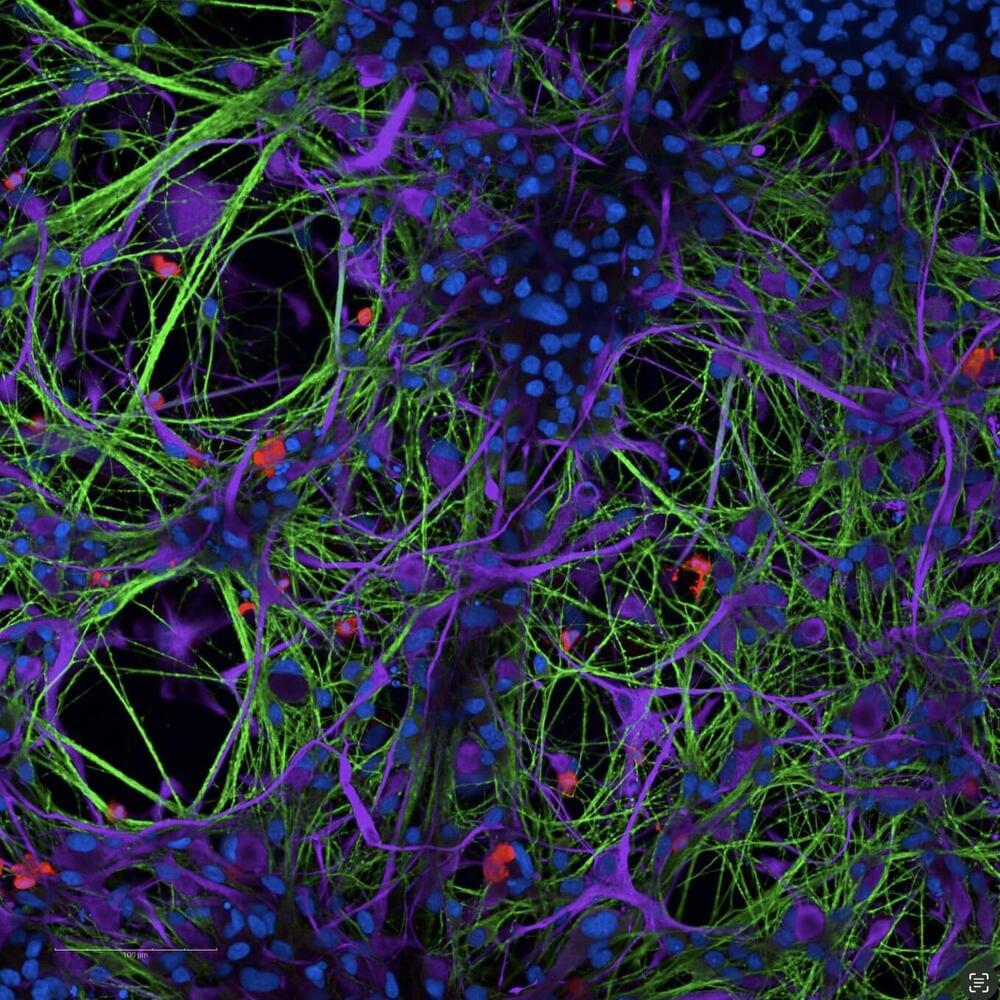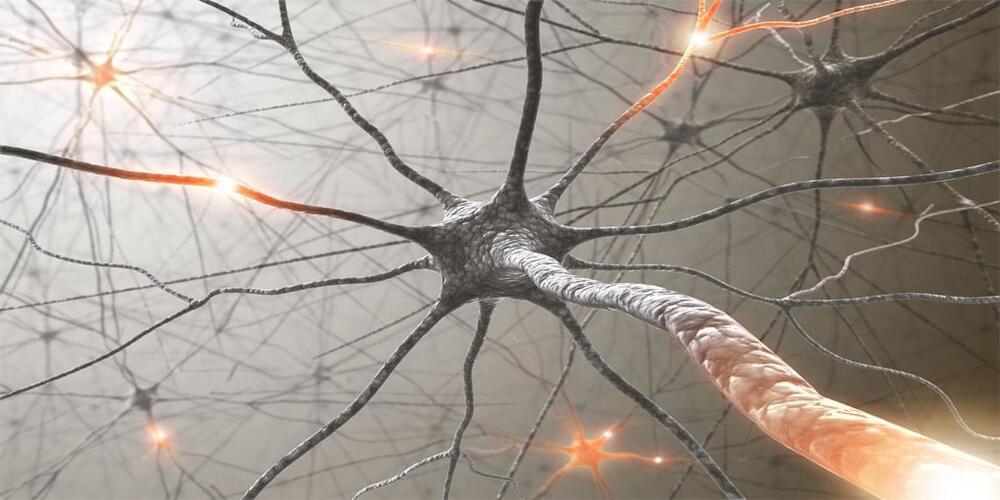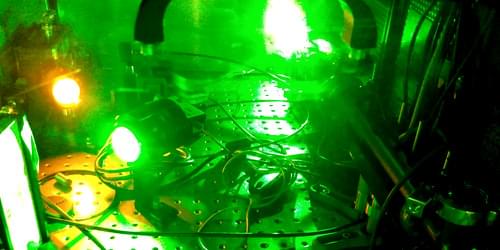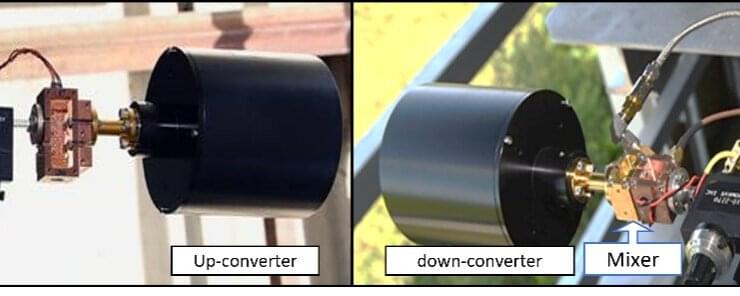Jan 20, 2023
Study shows how iron dysregulation might contribute to neurodegenerative diseases
Posted by Genevieve Klien in categories: biotech/medical, health, neuroscience
Past neuroscience research consistently found a link between deviations from the “normal” iron metabolism, also known as iron dysregulation, and different neurodegenerative diseases, including Parkinson’s disease (PD) and Multiple Sclerosis (MS). Specifically, brain regions associated with these diseases have been found to be often populated by microglia (i.e., resident immune cells) packed with Iron.
While the association between iron dysregulation and neurodegenerative diseases is well documented, the ways in which iron accumulation affects the physiology of microglia and neurodegeneration are yet to be fully grasped. Researchers at global health care company Sanofi have recently carried out a study aimed at filling this gap in the literature, by better understanding how microglia respond to iron.
“For years it has been known that iron accumulates in affected brain regions in PD, MS and other neurodegenerative diseases,” Timothy Hammond, one of the researchers who carried out the study, told MedicalXpress. “This is something we can see in patients using MRI imaging, where it has been shown that iron levels increase over the course of the disease. We also had our own data from progressive MS patients showing iron dysregulation in brain microglia, the resident immune cells of the brain.”


















